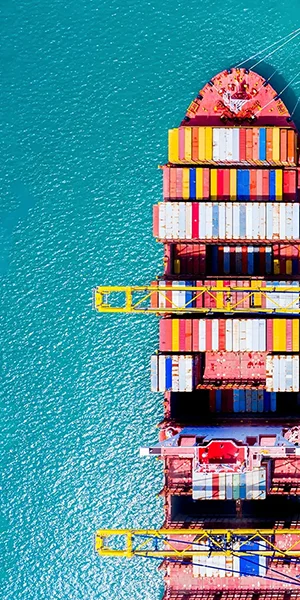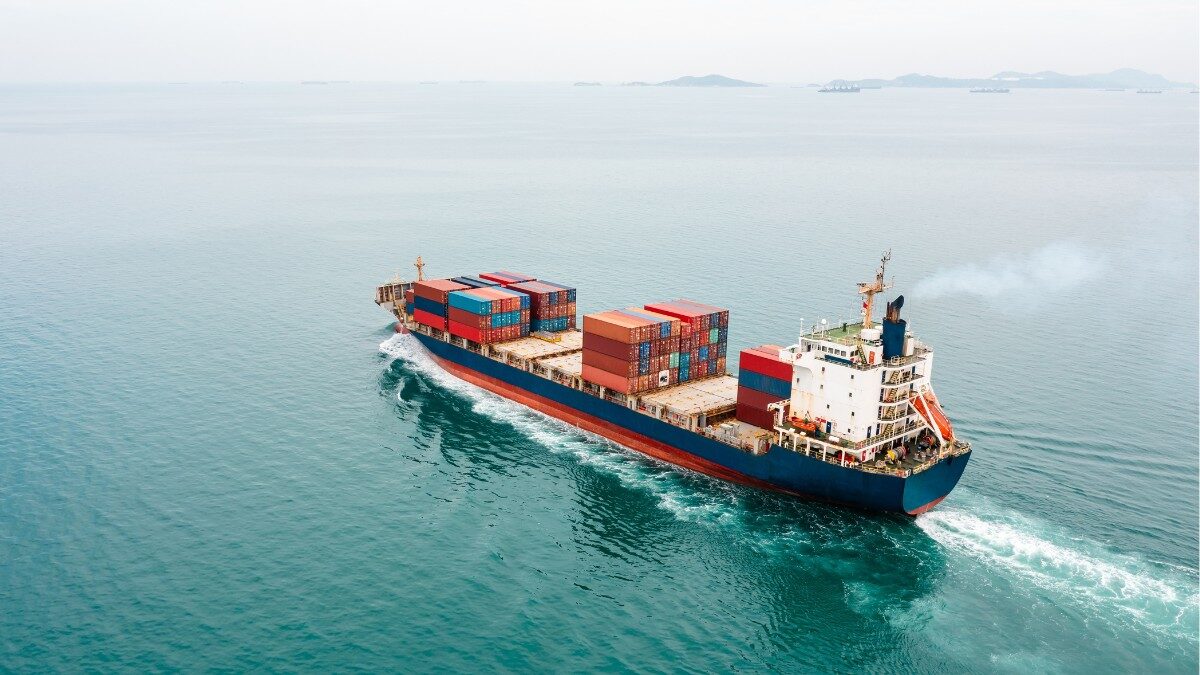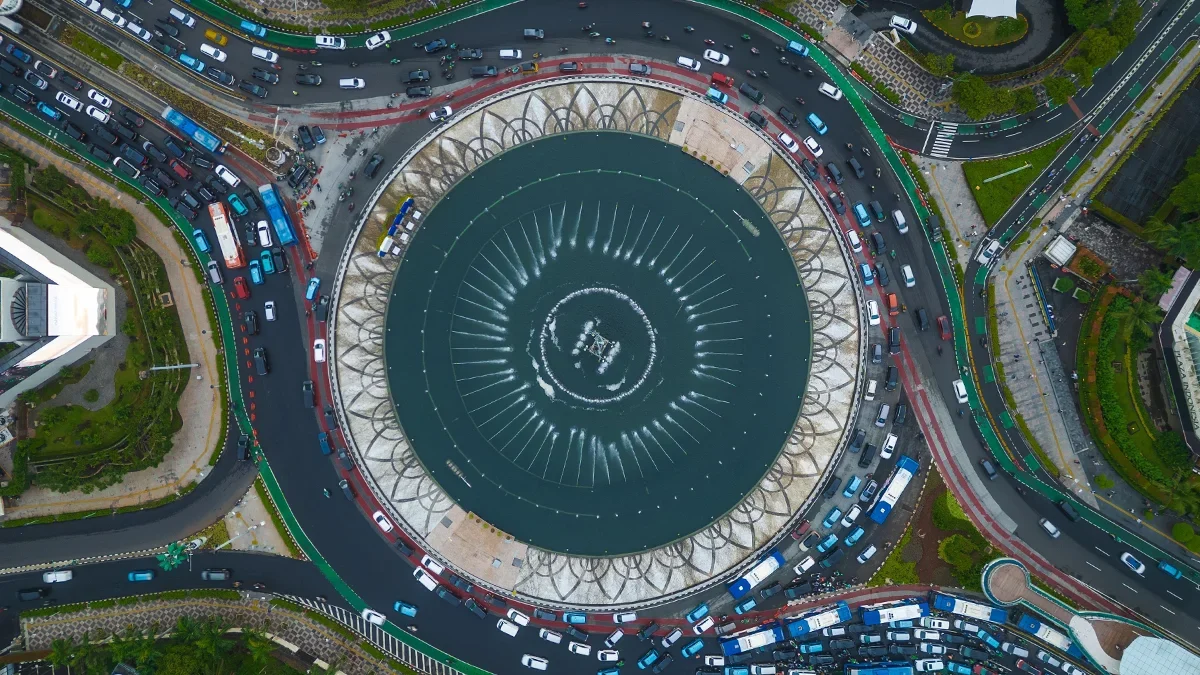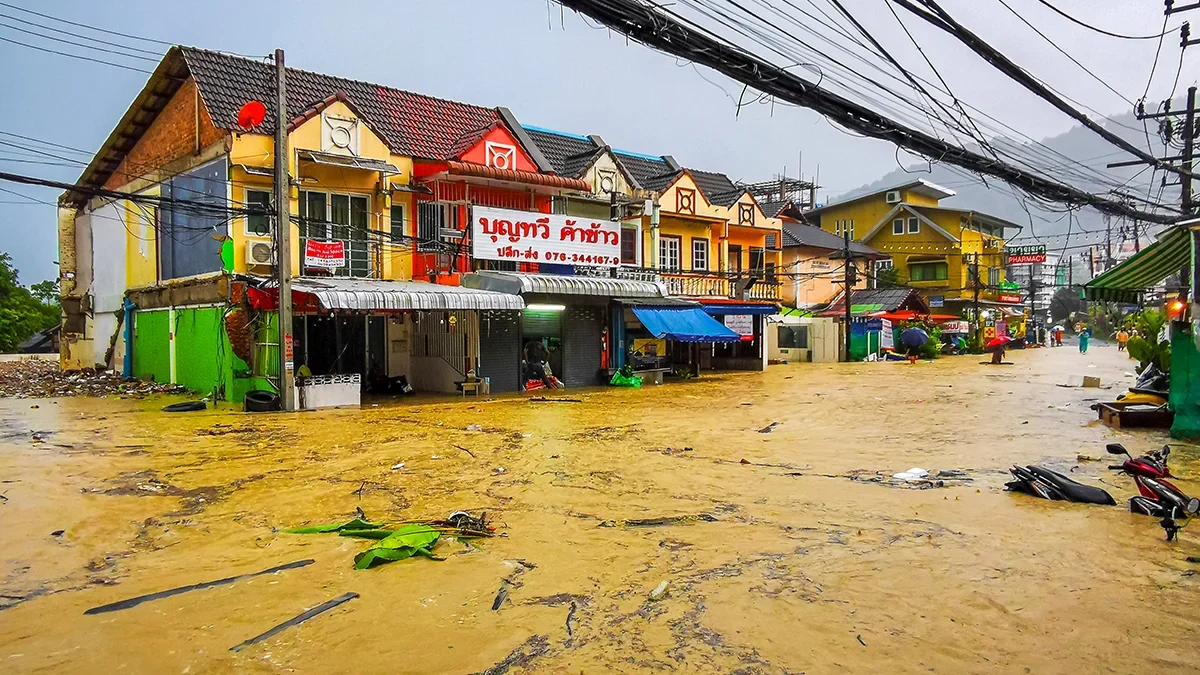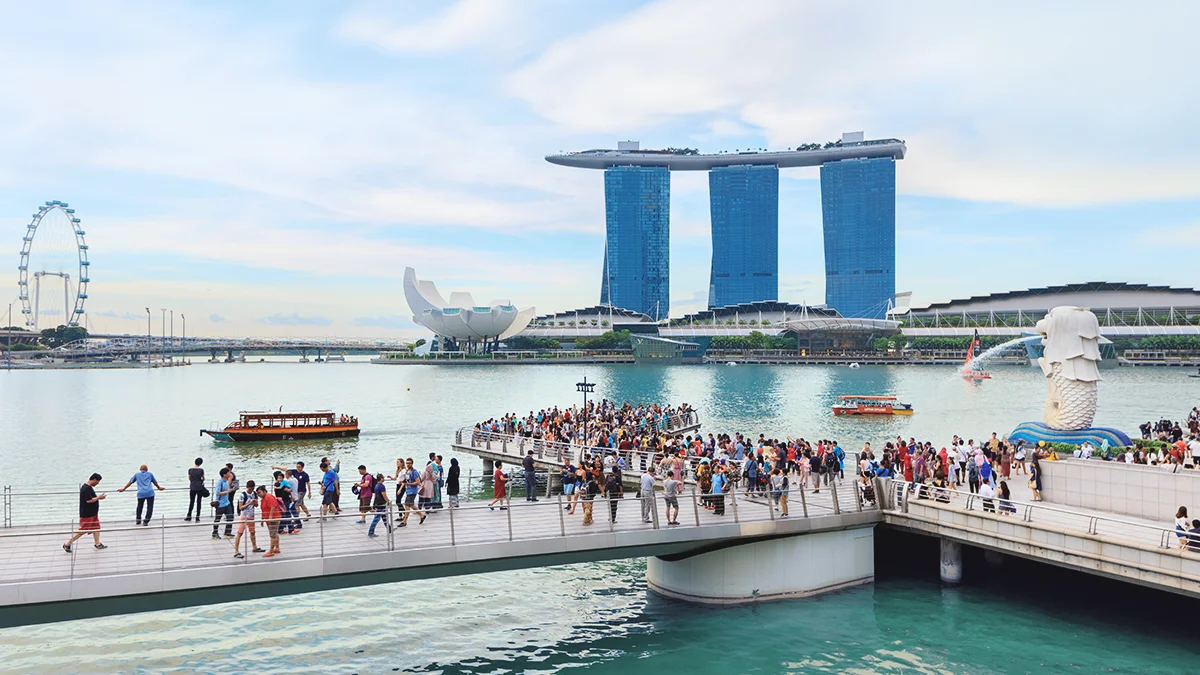(Re)in Summary
• Asia Pacific accounts for nearly 30% of the global marine insurance premiums in 2024, second only to Europe. It has shown steady growth since 2016, driven by new products and growing regional trade, according to the International Union of Marine Insurance (IUMI).
• Notably, the region has been significantly closing the gap with Europe in the cargo insurance market, sustaining a growth of 35.15%.
• Despite a relatively stable market, IUMI said the sector is grappling with new challenges brought about by geopolitical tensions, disrupted trade routes, and an ageing global shipping fleet. Other factors also include financial pressures from inflation and oil price volatility.
Asia-Pacific accounted for 29.79% of the global marine insurance premium income in 2024, ranking next to Europe, according to the latest report from the International Union of Marine Insurance (IUMI).
The global marine insurance premium base totalled US$39.92bn in 2024, up 1.5% from the previous year, with Europe leading at 46.96%. APAC ranked second, ahead of Latin America (10.19%) and North America (7.75%).
“We’ve seen premium income in Asia grow steadily since 2016, supported by new product lines and increasing intra-Asia trade,” said IUMI chief analyst Veith Huesmann, adding that this reflects a contrasting trend with Europe and Latin America, which “appear to have plateaued since 2023.”
“Changes in premium income tend to stem from a rise in global trade (for cargo) coupled with increases in vessel values (for hull) or an uptick in the oil price, encouraging more activity in the offshore energy sector, although this hasn’t been the case in 2024,” Huesmann noted.
Cargo maintained the highest insurance premiums with US$22.64bn in 2024, marking a 1.6% increase, driven by global trade activity and fluctuations in asset and commodity prices.
While Europe faced a slight decrease in the segment at 37.68%, the APAC region recorded sustained growth at 35.15%, narrowing the gap between the two markets.
“An absence of any major catastrophic loss in 2024 coupled with containable attritional losses have contributed to a stable cargo market. However, the impact of the current economic and political uncertainties is yet to be seen,” the IUMI reported, noting that Europe posted low loss ratios as Latin America maintained an average of 40% to 50%.
For the ocean hull sector, however, the disparity between Europe and Asia was glaring. The former represented more than half (52.91%) of reported global premiums of US$9.67bn, while the latter, including India, Singapore, and Japan, recorded an overall flat trend.
Notably, China reported a 9% growth, owing to its newbuilds delivered and insured locally, which partly offset weaker results in the region.
IUMI said new capacity in the hull market is impacting core products and auxiliary covers, such as loss of hire. “Geopolitical tensions, which force re-routing of global trade, are temporarily relieving supply-side constraints,” it added.
In an August report, Gallagher Specialty highlighted that the dominance of maritime risks in the second quarter of 202 resulted in a softening of the hull and machinery market due to competitive pricing and premium reductions. These risks included the brief hostilities between India and Pakistan in the disputed Kashmir region, as well as the Iranian-backed Houthi attacks in the Red Sea.
IUMI echoes this finding, noting that delays in scrapping the ageing global fleet could result in older vessels remaining in service longer, which increases the frequency of machinery claims. In addition, the group stressed that rising inflation costs alongside fire hazards, the adoption of alternative fuels, and new technologies such as 3D-printed spare parts also contribute to a higher probability of constructive total losses.
Meanwhile, offshore energy continued to suffer from a soft cycle in this period, reporting US$4.34bn in global premiums, down 7.9% from the previous year.
IUMI showed that the United Kingdom market dominated with a 67.33% premium share, while Asian markets such as Japan and Malaysia saw a stable to downward trend.
Attritional losses were a major concern despite no major claims made in 2024. This comes as oil prices signal stability at around US$60 to US$70 per barrel, following OPEC+’s voluntary production cuts of 2.2m barrels a day in six instead of 18 months.
Commenting on the 2024 results, Jun Lin, chair of the IUMI Facts and Figures Committee, underscored that the marine insurance sector is “relatively stable but faces some strong headwinds, with geopolitical and trade tensions creating an unprecedented level of uncertainty across global trade.”
“While growth in seaborne trade has slowed — partly due to tariffs and a normalisation following the extraordinary demand surge in 2024 — it is encouraging to see growth in cleaner fuel volumes outpacing those of fossil fuels,” Lin added.






